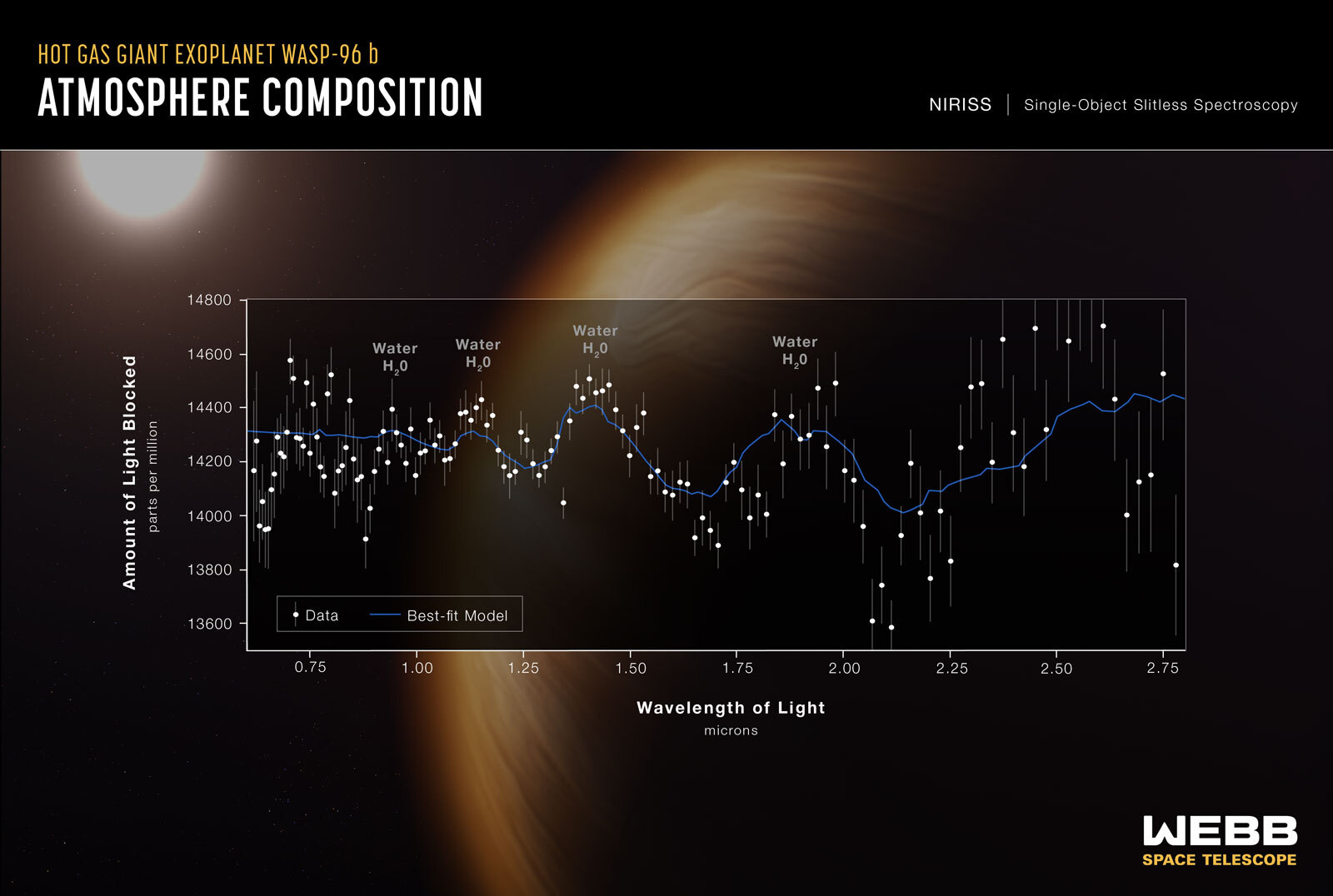The James Webb Space Telescope has been under development since 1996. Astronomers and engineers have spent their entire careers working on it. Its budget ballooned from an original $500M to $10B, and its launch, originally planned for 2007, has been delayed many times. It is now folded up inside the nose cone on top of an Ariane rocket at the European Space Agency launch site in French Guiana. Launch is scheduled for Christmas Eve.
If it reaches its station at the L2 point, 3.9 times the distance of the moon from earth, and successfully unfolds and deploys itself, it will provide views of the earliest galaxies which formed shortly after the big bang. It will also provide evidence of life, if any, on exoplanets. It is a very big deal for astronomers, and for astronomy fans like me.
This will be a very short and sad thread if it fails. On the other hand if it succeeds I, and hopefully others, will post stories of the wonders it discovers for years to come.







